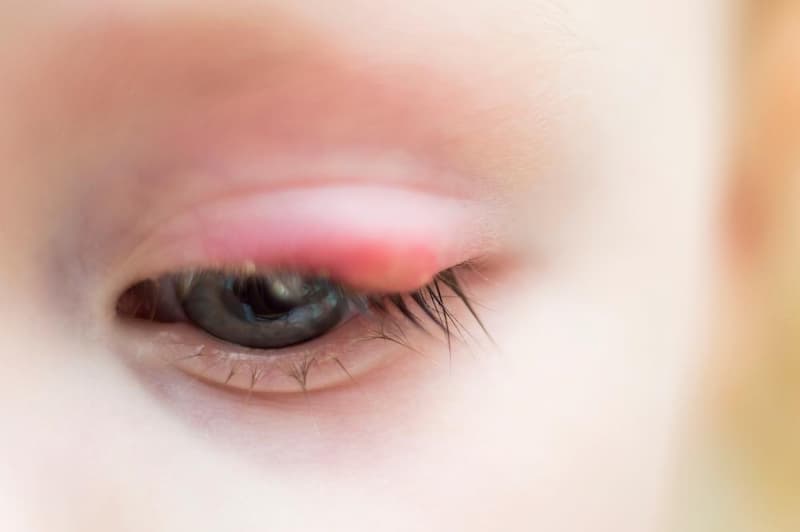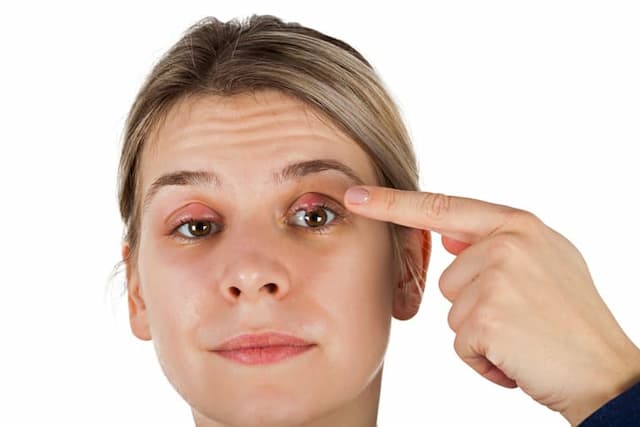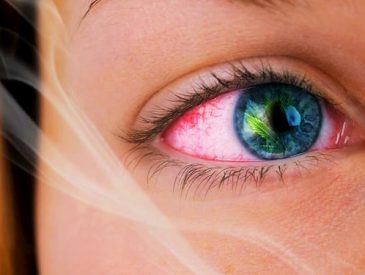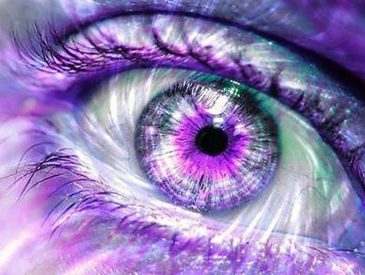There is no spread of styes. Despite some common misconceptions, styes cannot be passed from one person to another.
Styes not contagious, as people cannot transmit them to one another. However, the person is at risk for getting a stye if the bacteria is on a towel or pillowcase and comes into contact with their eyes. This is very rare.
Table of Contents
What is a Stye?
A stye is an eyelid bacterial infection that manifests as a painful red lump or bump on the inner side of the eyelid or the edge of the eyelid.
Along with skin tissue and eyelashes, your eyelid has a variety of glands that help keep your eye moist.
Meibomian glands, which are tiny oil glands that line the inside edge of the eyelid, prevent your eyes from drying out.
Moll glands and On the outside of your eyelid, there are zeis glands that secrete oil that keeps your eyelashes moisturized.
When a gland or follicle in your eyelid becomes blocked with dirt, debris, or dead skin cells and is unable to function properly, an infection may form.
A localized, painful bump or red lump may appear at the base of an eyelash or inside the surface of the lid as a result of the infection over time developing into general irritation, pain, or swelling in the area of the eyelids.
Most of the time, styes are caused by Staphylococcus aureus bacteria.
This contagious organism causes staph infections in other areas of the body and can be found in your nose and on your skin.
Doctors classify styes into two types:
- Internal stye (internal hordeolum): These styes develop on the portion of the inner eyelid that faces your eyeball when the oil gland in your inner eyelid becomes infected.
- External stye (external hordeolum): These styes develop on the outer edges of your upper or lower eyelid when a sweat gland or eyelash follicle on your eyelid becomes infected.
An internal stye develops if your meibomian gland is infected.
You have an external stye if your Zeis, Moll, or hair follicles are infected.
Both children and adults can get eye styes, and those who have already had one are more likely to develop one again.
Some people experience an eyelid bump that is red, hard, and painless.
Although a chalazion, which affects the eyes, can result from a stye, it is not one.
When compared to a stye, a chalazion is typically located on the eyelid further back.
Pink eye (conjunctivitis) is another common eye infection characterized by redness on the white of your eye, tearing, and pus, rather than a small, painful lump.

Are Styes Contagious?
Symptoms of a stye develop when Staphylococcal bacteria enter and infect an eyelid gland or eyelash follicle.
Staph bacteria typically lives inside the nose and on the skin, but it can be harmful if it spreads to other body parts.
Despite the fact that styes typically do not spread infection, they are filled with a fluid that does.
The fluid that collects as the local infection drains and heals has the potential to spread pathogens to other areas of the body and to other people.
To prevent harming yourself or others unnecessarily while treating a stye, you can take a few precautions.
- Wash your hands before and after treating your stye
- Wash bedding, particularly pillows and pillowcases
- Avoid unnecessarily touching your stye
- Don’t share towels, washcloths, makeup, or other personal hygiene products that touch your eyes
Since a stye is caused by a bacteria that naturally exists on your skin and is not as contagious as other eye infections, you can continue to go to work or send your child to school even if they exhibit stye symptoms.
What Causes Styes to Develop?
When the oil glands on the eyelid become infected, a stye forms. Several factors can increase your risk of developing a stye:
- Not washing your hands and touching the eyes
- Failing to remove makeup before going to bed at night
- Having blepharitis, which is a condition that causes chronic inflammation along the eyelid’s edge
- Not thoroughly washing or disinfecting contact lenses before inserting them
- Using cosmetics that are expired or old
- Having rosacea, which is a type of skin condition that causes the skin on the face to become red
Will Styes Cause Problems With Vision?
Although it is uncommon, a stye can impair your vision. It could narrow your field of vision slightly if it grows big enough. Additionally, some people claim that their affected eye has some degree of blurry vision.
When issues with vision occur, seek medical attention promptly. To speed up the healing process, a doctor can drain the stye. In addition to other symptoms, this will help to improve vision.
The usual symptoms of a stye include:
- a lump of redness that resembles a pimple or boil.
- Eyelid pain.
- Excessive tearing.
- the affected eyelid swelling.
When to See a Doctor
Styes typically disappear on their own, but occasionally they need to be treated by a doctor.
Make an appointment to see an eye doctor if your stye has persisted for more than two weeks or feels like it’s getting worse despite at-home treatment.
Also make an appointment if you have any of these symptoms:
- An eyelid that is swollen shut
- Visible pus or fluid leaking from the bump on your eyelid
- Blisters on your eyelids
- Hot eyelids
- Changes in your vision
- Recurrent or stubborn styes that won’t go away
If your stye becomes excessively painful, the infection spreads to other parts of your face, or you develop a fever or chills, you may require emergency medical care.
Dial your provider’s number or head straight to the emergency room or closest urgent care facility.
Avoid touching, popping, squeezing, or rubbing your stye because doing so can worsen the infection or spread bacteria to the rest of your face.
Is Treatment Necessary for a Stye?
On average, a stye goes away within three to five days. There are several at-home remedies you can try in order to encourage healing and lessen some of the discomfort. To prevent the stye from aggravating, use these correctly and gently treat the affected eye.
Try the following home treatment methods:
- To get the stye to drain, apply a warm compress to it. Any oil and pus in the area will also be helped to dissolve by doing this. Use the compress for up to 10 minutes at a time, making sure the water is not too hot.
- Two to three times per day, gently wash the eyelids with a mild soap.
- Use an over-the-counter pain reliever if you’re uncomfortable.
- Until it has fully healed, avoid wearing contacts or makeup.
- Use a topical antibiotic that is available over-the-counter.
It is best to see a doctor if the stye returns after being successfully treated. People who develop styes often might need antibiotics.
While you can usually treat a stye using home care methods, visit a doctor if any of the following occur:
- Any swelling or redness that goes beyond the eyelid to other parts of the face
- Vision problems
- No improvement or worsening of the stye after 48 hours of home treatment
Tips and Prevention
Now that you know that the stye is contagiousIt is important that you take into account some tips to prevent this infection:
- Do not share sheets, pillows, towels and tissues with a person who has a stye.
- Don’t touch your eyes with dirty hands. It is advised that you give your hands at least 30 seconds of antibacterial hand washing.
- Don’t sleep with makeup.
- makes a correct eyelid hygiene.
- Disinfectsalways your lenses before using them.
- uses a special soap if you have oily skin.
Last,
It’s not usually thought of as contagious to have a sty. In most cases, person-to-person transmission of the bacteria that cause styes is rare.
It is possible, but extremely unlikely, for someone to contract the infection by touching their eyes after coming into contact with bacteria on an infected person’s skin.





